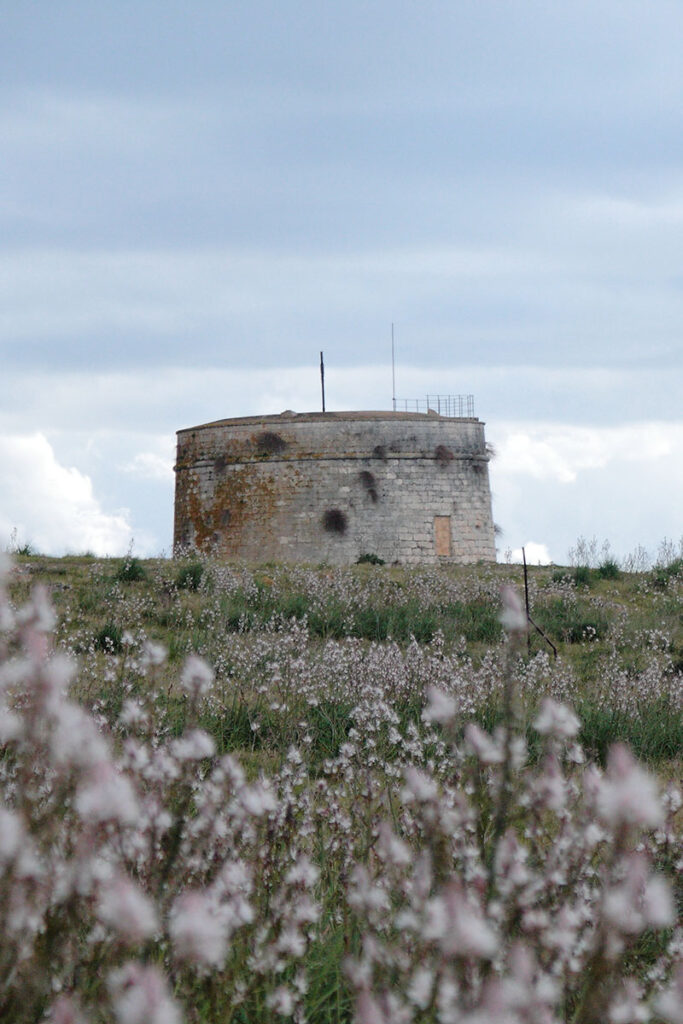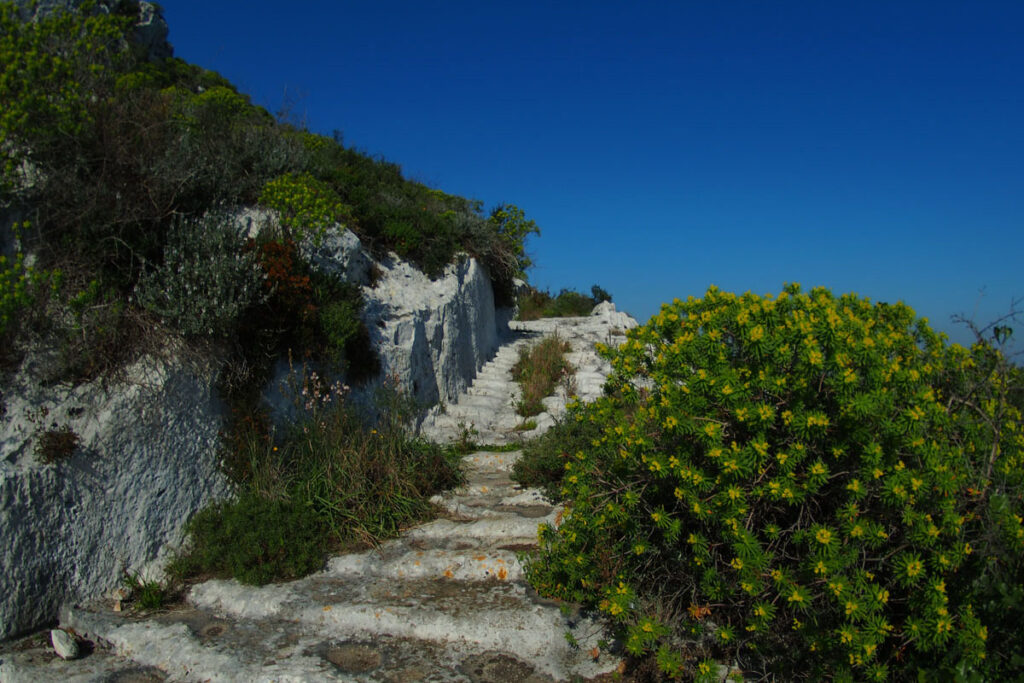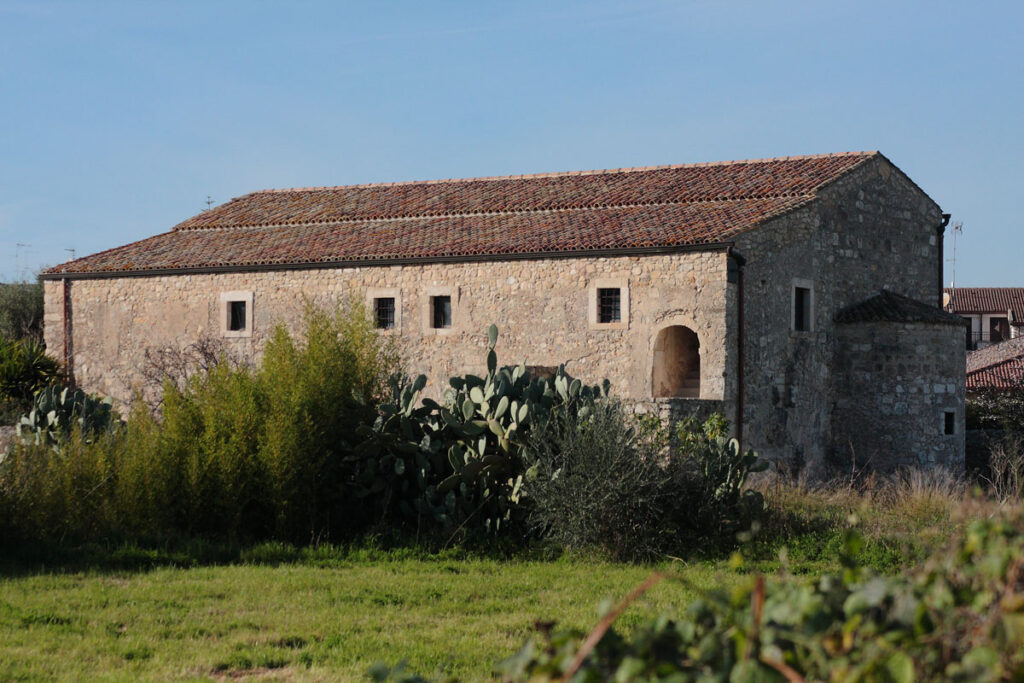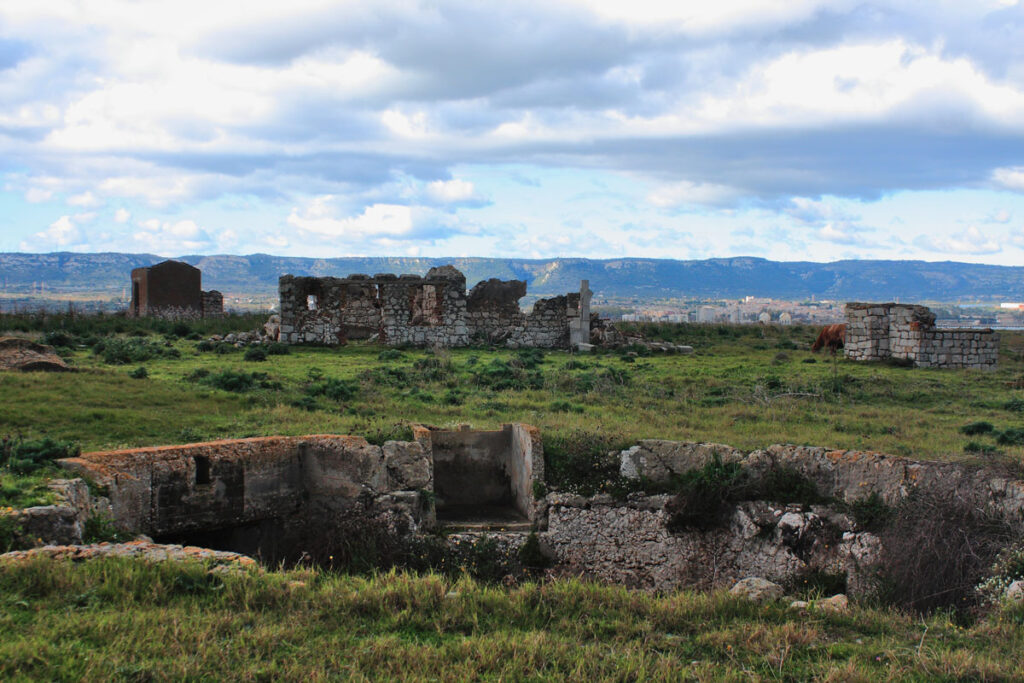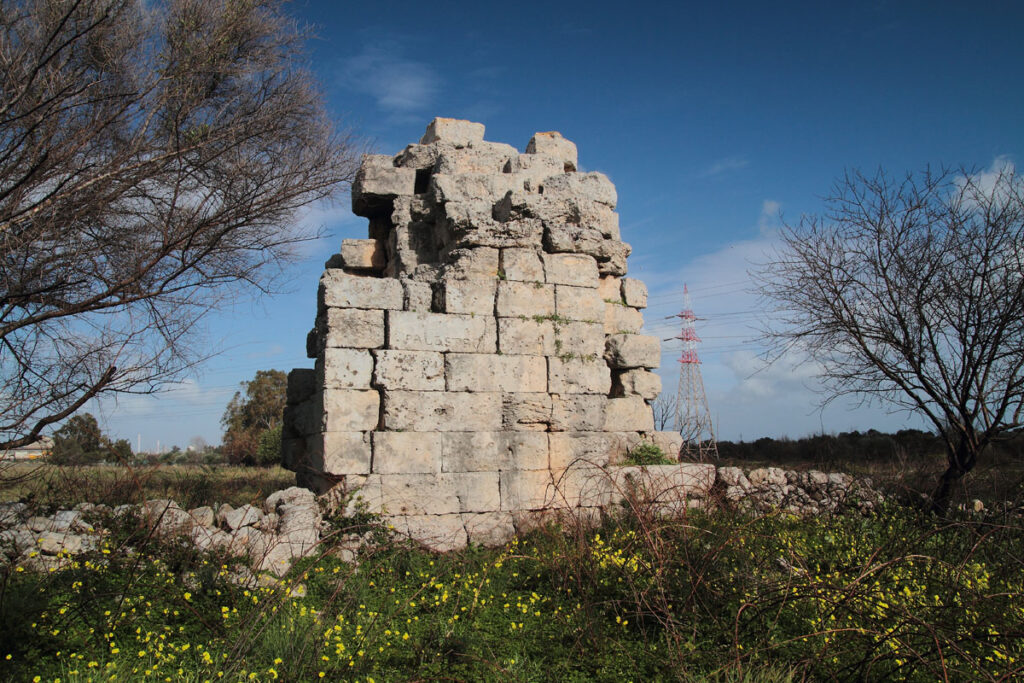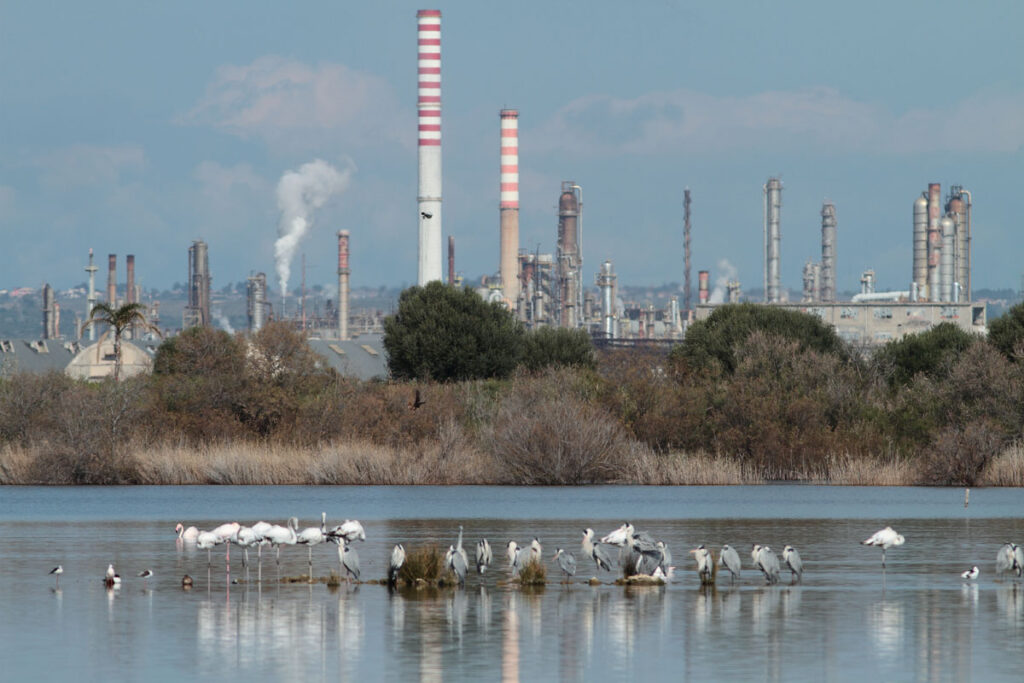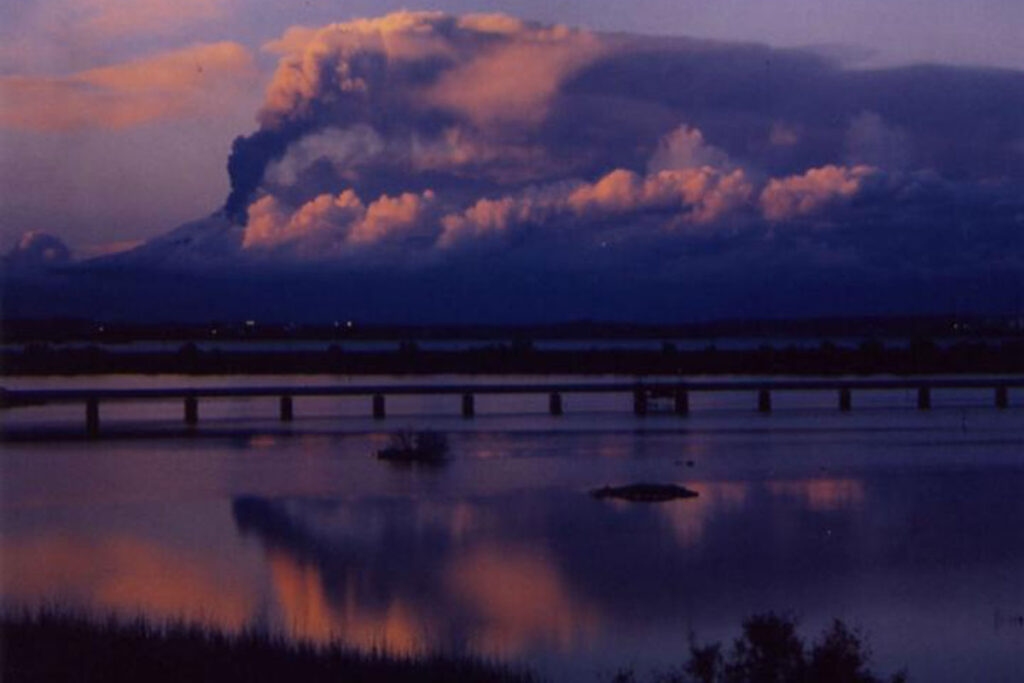
History of Priolo Gargallo
One of the first human settlements found in the area of Priolo dates to the Castelluccio culture, the late Bronze age (XVII century B.C.).
However, the most flourishing period was during the XV century B.C. (middle Bronze age) with the Thapsos culture, as the most important site in Sicily is found on the Magnisi Peninsula . Thapsos became one of the most important trade centres of the age, trading products from Malta, Cyprus, Mycenae and Phoenicia.
Many people settled in the area over the centuries, attracted by the favourable position it had which enabled control over the bay of Augusta and over the bay of Santa Panagia: Greeks, Romans, Byzantines, Arabs and Normans.
In the XIV century the territory of Priolo was divided into 4 estates: Spalla, Biggemi, Priolo and Mostringiano.

